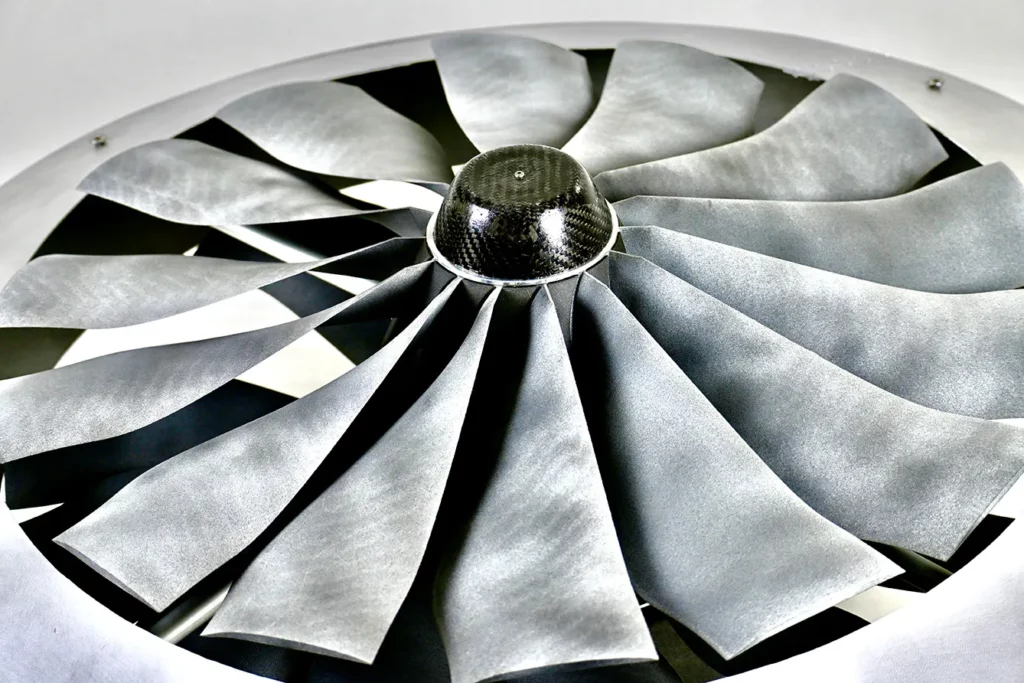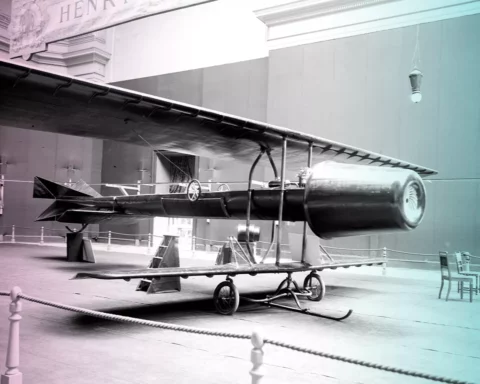The potentially revolutionary IFO (Identified Flying Object) drone project developed in Poland significantly deviates from our established ideas about these devices. The idea has been in development for 20 years. Tymoteusz Olszewski is the man behind the project, an entrepreneur and technology enthusiast. Together with Tomasz Zakrzewski, the chief designer, they are trying to develop something new. Their proposed device is disturbingly reminiscent of a UFO.
Inspired by UFOs
According to Tymoteusz Olszewski, the classic image of a UFO, namely the flying saucer not from this world, was the inspiration for the IFO concept, both in terms of shape and flight capabilities. Although, incidentally, a more down-to-earth genetic resemblance can be traced back to the Canadian flying saucer project, Avrocar, from the 1950s.



The design proposed by the creators resembles a flying saucer. It is circular with a single multi-blade fan placed in the axis. It is not yet known how the drone will be controlled and what control surfaces or nozzle systems will enable changes in its direction of flight.
As the creators and perhaps future producers of the Identified Flying Object from Letus Capital company assure, their unusual drone will be characterized by previously unseen flying properties in classical drones, and the technology behind the project will revolutionize this segment of air transport. One of the most important innovations provided in the project is the stabilization system, which will eliminate typical tilts and shakes resent in today’s devices.
Stability in the face of difficult conditions
This system, combined with a solid construction, will allow for safe, stable flights even in difficult weather conditions. They will also make it possible to maintain a stable position even with strong wind gusts. Thanks to its compact design, IFO will be much more resistant to close encounters with terrain obstacles, which may be particularly important in its use in urban environments.
The project’s ecological aspect, as befits today’s times, is also mentioned in the materials provided by the creators. The drone is intended to have a high payload-to-weight ratio and low energy consumption. Probably, and this is the author’s speculation, the materials from which it will be built will also fit into ecological trends (we also see potential for 3D printing). It can be assumed that the drone will be much quieter than its classical counterparts, or at least the sound it generates will not be so intrusive.
This could be significant in the case of potential military and non-military applications. A multi-blade, efficient fan with a large diameter in relation to the fuselage could have a much lower rotational speed and generate fewer decibels. The real highlight is the scalability of this innovative design. Theoretically, there is nothing stopping this type of drone, appropriately scaled up, from carrying people.
Game-changing potential
It sounds impressive. It is a very ambitious project based on interesting assumptions, generating increasing interest from potential future users. Its applications could be varied, ranging from transportation, military applications, rescue operations, monitoring, and agricultural inspections. Undoubtedly, the creators still face many technological challenges. Work is underway on building a flying prototype and creating control software. Perhaps the IFO will be humming over our heads as early as the third quarter of 2024 when the first test cargo flights are planned.
The question that arises in this context is, “Will it again spark the enthusiasm for UF… IFOs among Poles?”
We’ll keep our fingers crossed that this happens.







